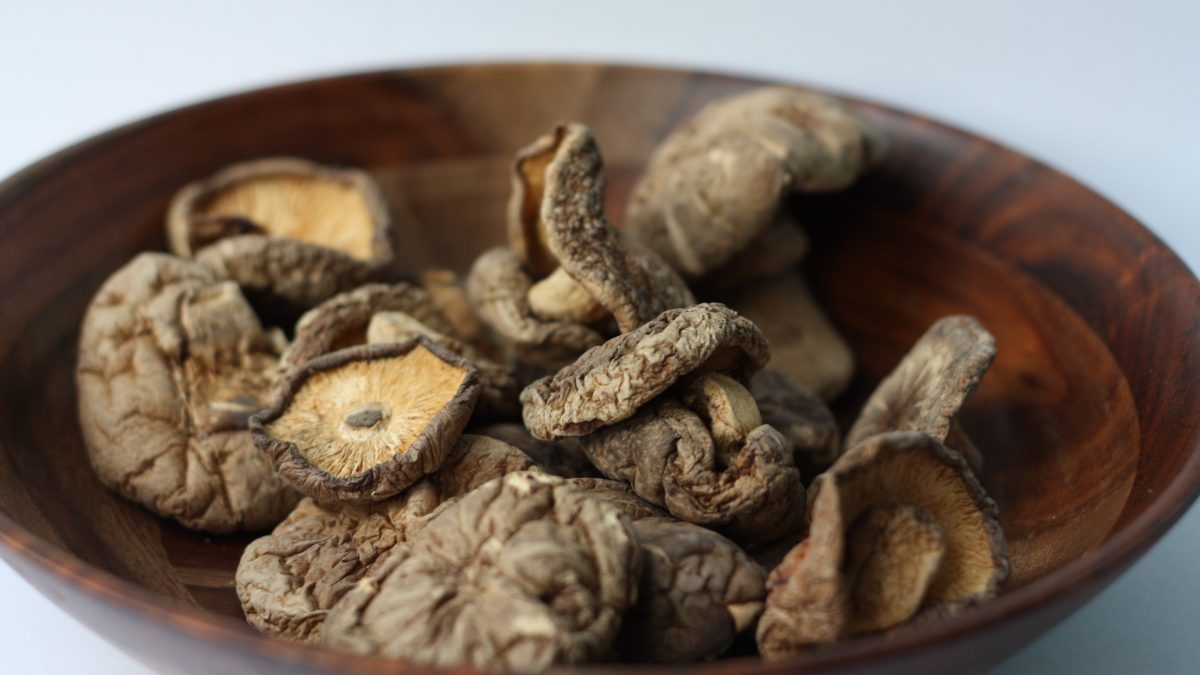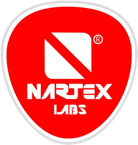From Asia to Mexico: Shiitake
From Asia to Mexico: Shiitake

Shiitake (Lentinula edodes) is a mushroom that has been used for generations in traditional Asian medicine, especially in China and Japan. Some legends say that this ingredient was consumed by the Chuai emperor and by members of the Ming dynasty, who used it to maintain vigor and youth. However, recently this ingredient has expanded in the market and today there is a wide range of products that contain it.
Do you want to know why this ingredient is so popular? -The first thing you have to know is that shiitake saetas are also used in the kitchen, since they have a delicious flavor, they can help to enhance the flavor of sauces or you can even use them as a garnish in your dishes.
-According to some research, shiitake is known to contain twice as much fiber as mushrooms, which makes it a source that can help improve intestinal transit and prevent constipation.
-In the same way, some studies have mentioned that the quality of shiitake protein is of HIGH NUTRITIONAL VALUE! This is because it contains 18 out of 20 amino acids, including the essential ones.
-It contains active compounds such as: emitanin, chitin and lentinan, which help stimulate the immune system and have antiviral and antibacterial properties.
-In different studies it was concluded that the adequate consumption of shiitake can help lower cholesterol and triglyceride levels.
-It is considered a good source of B vitamins and iron, zinc and magnesium.
-Although it is not scientifically proven yet, it is popularly believed that the consumption of shiitake increases the longevity of those who consume it. WOOHOO! In the market there are various presentations of Shiitake ranging from dehydrated to extracts (more concentrated form). Remember to carefully follow the consumption instructions of the products that contain this fungus, since it has been found that in some people the consumption of shiitake has caused dermatitis or an allergic reaction. Likewise, it is recommended that before consuming it you visit your doctor or nutritionist so they can tell you the best way to include it in your diet so that you can make the most of its properties.
Author: Nerissa Álvarez
Review: Betzabe Guido
References
Arreaga Cevallos, E. S. and Torres León, P. (2016). Study of the nutritional properties of the Shiitake mushroom (Lentinula edodes) and its applications in Ecuadorian gastronomy (Bachelor’s Thesis, University of Guayaquil, Faculty of Chemical Engineering).
HE Martínez-Flores, DC Maya-Cortés, JD Figueroa-Cárdenas, MG Garnica-Romo & J. Ponce-Saavedra (2009) Chemical composition and physicochemical properties of the shiitake mushroom and products rich in fiber Chemical composition and physical-chemical properties of the mushroom shiitake and high fiber products, CyTA – Journal of Food, 7: 1, 7-14, Rivera, O. A., Albarracín, W. and Lares, M. (2017). Bioactive Components of Shiitake (Lentinula edodes Berk. Pegler) and their impact on health. Venezuelan Archives of Pharmacology and Therapeutics, 36 (3), 67-71.
As a result, the medical information provided in the site which you are going to visit may not be appropriate for product use in your country.
